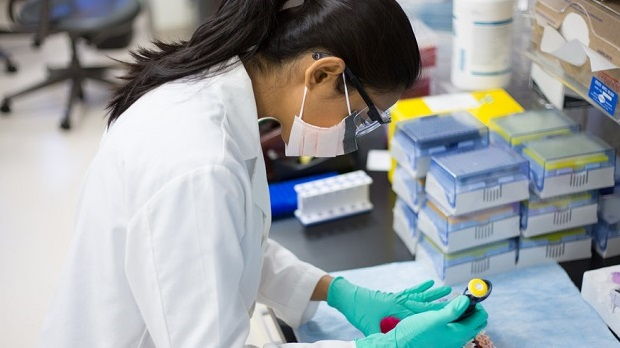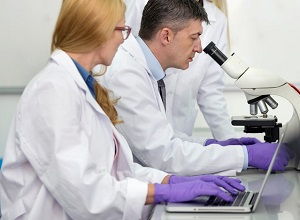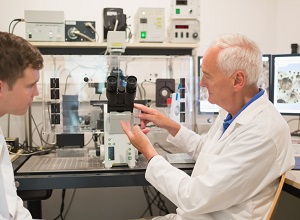Designing PCR primers

Primer length
The ideal primer length is 18 – 22 bases. Primers that are too short may be less specific. Primers that are too long will require an excessive annealing temperature.
GC content
The percentage of G & C bases (out of the total bases A, C, G & T) in the primer should be 40 – 60%. To ensure strong binding at the 3' (3 prime) end of the primer include a few G & C bases within the final 5 bases with the last base ideally being a G or C, however, avoid 3 G or C bases in a row as this may increase the chances of non-specific binding.
Melting & annealing temperatures
The melting temperature is the temperature for which the primer will dissociate or in other words, not be able to bind with its target. The ideal primer melting temperature for standard PCR ranges from 52 – 65°C. The annealing temperature (the temperature at which the primer will bind with its target) should be a few degrees lower than the melting temperature. When designing a primer the predicted melting temperature allows for estimating an annealing temperature. The annealing temperature for standard PCR must therefore be verified via a temperature gradient test. Most thermal-cycling machines have a multi temperature function. For a predicted annealing temperature of 55°C try 51, 53, 55, 57, 59°C. When running a PCR product on a gel, multiple bands suggest non-specific binding / the temperature is too low, whilst no bands suggest the temperature is too high. For qPCR the annealing temperature should be as close as possible to 60°C.
PCR product length
Approximately 500 base pairs is recommended for standard PCR. Small products (e.g. <100 base pairs) observed when running a gel may easily be confused with non-specific products whereas products that are too large may be inefficiently produced during thermal-cycling. For qPCR product lengths of 100 base pairs are ideal.
For links to online primer design tools see online science tools
To find a company to synthesize your primers see scientific laboratory services














